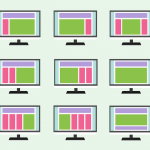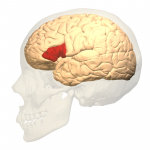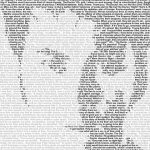In “The Printed Page”, Steven Fischer examines the progression of cultural changes resulting from the development of Gutenberg’s printing press in the mid-15th century. The author details a 400-year history a history in which multiple social-economic forces promoted, opposed, and ultimately shaped the print dominated culture of 19th century Europe and North America. Fischer […]
In week three we discussed the influence that a language (or Language itself) might have on the way we see the world. This week, we are looking at the possibility that the act of putting language down in writing also influences our thought processes and perceptions. Our two readings look at writing from very different […]
In this week’s first video, Gunther Kress identifies modes as semiotic resources. By this, he means that they are different ways that we make meaning. We can also think of modes as the different forms that semiotic signs can take. On a stop sign, the color red signifies a warning. In this case, color is […]
Language and Technology
Much of our focus throughout the rest of this class will be on how we use various technologies to write and read with. This week we ask more foundational questions about the connection between technology and language. In what ways are our abilities to use a language and our abilities to use technologies related to one […]
Language & Thought
We all know that language is important. Without some form of verbal (such as speech), gestural (such as sign), or visual (such as writing), language, our ability to communicate our observations, beliefs, and desires would be severely limited. But is that all languages are, useful tools for describing our perspectives to others; […]
Semiotics
Our first reading is chapter 2, “Signs” from Daniel Chandler’s Semiotics for Beginners. Here, Chandler introduces readers to the two men regarded as the founders of semiotics and their different accounts of how signs work.
Archives
Categories
Course Calendar







